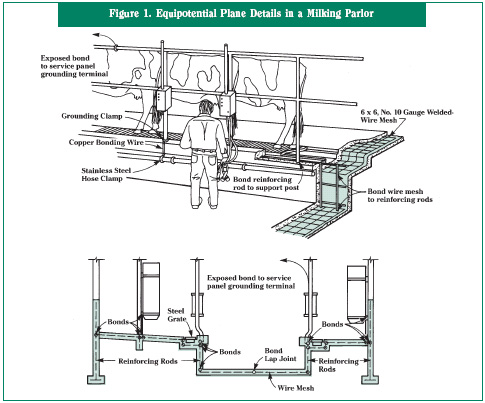Landmark Stray Voltage Case!
January 27th, 2011
Above, equipotential plane for treating manifestations of stray voltage — it does NOT eliminate stray voltage! See 2006 MREC Equipotential Planes for explanation.
Yesterday, the Minnesota Supreme Court released a landmark stray voltage opinion, clarifying the breadth of the “filed rate” and “primary jurisdiction” doctrines declaring that they do not limit suits for stray voltage damages against utilities. This has been a six year lawsuit for the Siewerts so far…
Here’s the STrib’s article — hmmmmm… no comments allowed! I wonder why that is?
Supreme Court rules for farmers in stray-voltage case
Last update: January 27, 2011 – 10:03 AM
The civil case now goes back to Wabasha County District Court for trial.

Leave a Reply